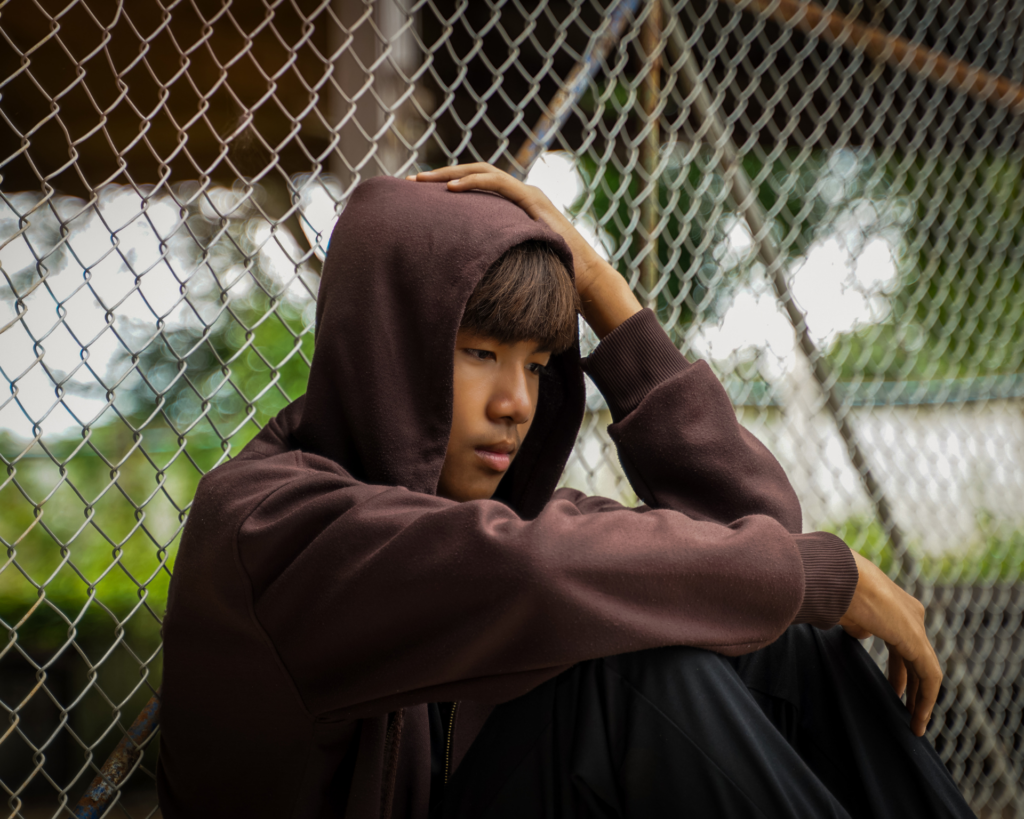Shared Sites and Insights
Research shows that interactions between children and older adults could improve health outcomes and enhance social benefits for both groups.

Read Time: 3 minutes
Published:
In the town of Swampscott, Massachusetts, a northeast suburb of Boston, the physical connection between the high school and the senior center is sometimes called a “happy accident.” But the mutual benefits weren’t immediately obvious.
In 2003, the town needed community support for a new high school. By adding a new senior center to the building site plans, school developers received funding sources and support from the Swampscott Council on Aging. The resulting “shared site” meant two distinct populations from the same community, senior citizens and high school students, became joined by location. At first, they shared a sidewalk and the occasional dance class, but not much more.
For decades, a growing body of research has demonstrated that interactions between children and older adults could improve outcomes for both groups. For children, interacting with older adults might help with vocabulary development and socialization skills. Teenagers often benefit from strengthened sense of self as caregivers. And older adults have reported decreases in social isolation and loneliness.
Shared sites are a way for intergenerational programs to grow at a common location. Swampscott’s senior center and high school is one example; other programs have combined day cares with senior living facilities. Most share a building. But they don’t always have the financial and staffing resources to build robust programming.
Shannon Jarrott and Kathy Lee used national survey data to profile characteristics of 95 shared site programs across 30 states and the District of Columbia. Shared-site program directors and managers completed surveys about program organization, participants, and activities. Most programs combined adult day services and early childhood programs, where 78.2% of youth and 57.3% of older adults at the sites participated in intergenerational programming. Documenting benefits was the biggest challenge reported, but often necessary to secure grant funding.
Evidence from shared sites could help all types of intergenerational programs secure grant funding from government sources, such as the Supporting Older Americans Act of 2020. But the great variety of intergenerational programs makes it hard to conduct research to demonstrate the health and social benefits of bringing together the young and old.
Still, Sabrina Clopton, who runs programming at Swampscott’s senior center has put together student-hosted cultural events, tech camps for seniors, snow shoveling, gift packaging, and collaborative tv programming, and has established a culture of intergenerational collaboration. According to Clopton, the kids are honored to participate in such programs. The senior center is “the cool place to be.” And the challenges present opportunity. Parking spaces in the shared lot are limited, but Clopton is dreaming up creative solutions: what if they developed a carpool program? As students, teachers, parents, and seniors contact them for ideas, nothing seems too difficult to try. The two buildings are connected, after all.
Photo via Getty Images



